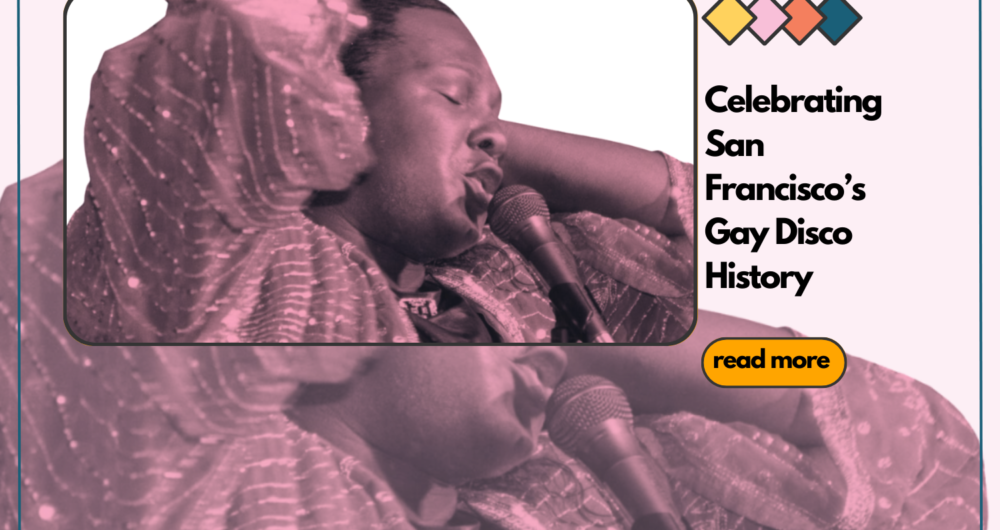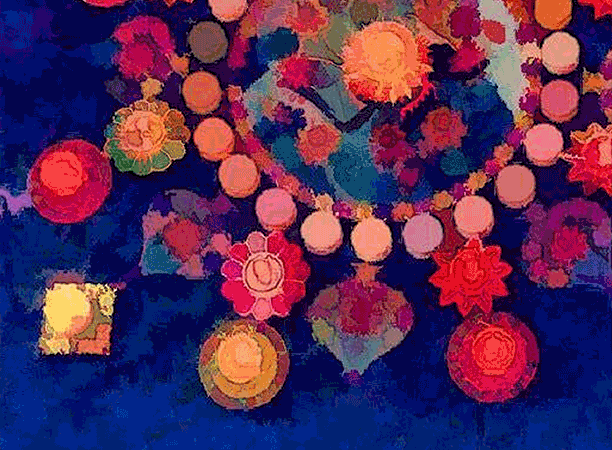The flamboyant electronic sound of San Francisco’s dancefloors sound-tracked gay liberation in the ’70s and ’80s, even as its community faced decimation as a result of the AIDS crisis.
San Francisco, deep in the throes (and some of the hangover) of its hippie revolution, quickly became a magnet for gay men eager to escape oppressive small-town environments and join in the dance. Continuous mixing, beatmatching, extended mixes and the 12-inch dance single had been invented by DJs at New York’s early ’70s Greenwich Village bars and gay Fire Island resorts, and a circuit of gay DJs and dancers quickly formed to follow and spread the new techniques around the country.

Trailblazing producer Patrick Cowley, record company founders Marty Blecman and Johnny “Disco” Hedges and a slew of gay DJs were architects of the high-energy San Francisco disco sound, a delirious permutation that stoked 24-hour debauchery in the city’s dance palaces, bars, bathhouses and roiling street scene of the late ’70s and early ’80s.

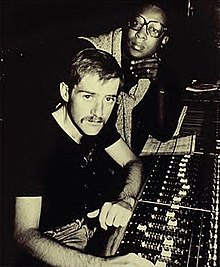
Cowley, the precocious gear-head who started in the scene working the City Disco’s dazzling 16,000-bulb lightboard, basically invented San Francisco disco’s high-energy sound when he melded his love of gay sexual energy and countercultural ideals with emerging technology.
By the time disco superstars – the Village People released their priapic anthems ‘Go West’ and ‘San Francisco’, the once-provincial burg was now the Emerald City on the Yellow Brick Road to gay Oz. The movement came with a famous look — a macho, denim-clad, working-class aesthetic that gradually dropped its scruffy counterculture edginess for the sleek, moustachioed look of countless Freddie Mercurys.


Despite the homophobic and racist US backlash of the infamous Disco Demolition Night of 1979 — which saw a pile of records from mostly Black artists detonated in Chicago’s Comiskey Park as a white mob chanted “Disco sucks!” — the party in San Francisco never stopped. In fact, it only got more gay.
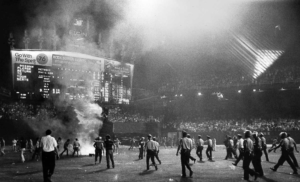
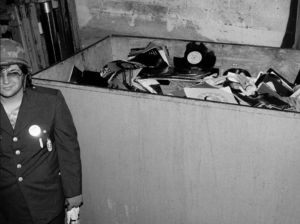
Along the way, seminal moments in history unfold — the assassination of gay rights leader Harvey Milk and San Francisco Mayor George Moscone by a disgruntled conservative politician; protests and early triumphs of the gay liberation movement that brought thousands into the streets; the shock of AIDS that decimated the community, along with the galvanising rise of AIDS activism. There’s even a little civic infrastructure: what other city would open up a new subway station with a massive underground Metro Madness party, headlined by Sylvester himself in a flaming red sequined jacket, and complete with dimly lit carriages for “intimate activities”?
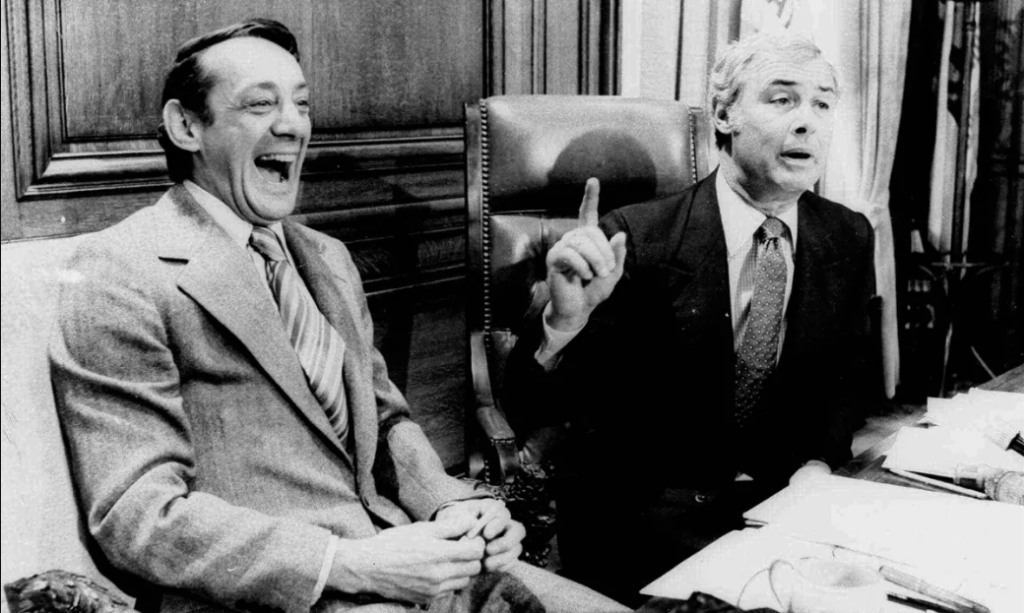
In recent years, DJs and dancers are more visibly celebrating the Black, queer roots of dance music, which has powered the LGBTQ community through triumph and heartbreak, and testified to the connection between disco’s rapturous hedonism and Black gospel music.


